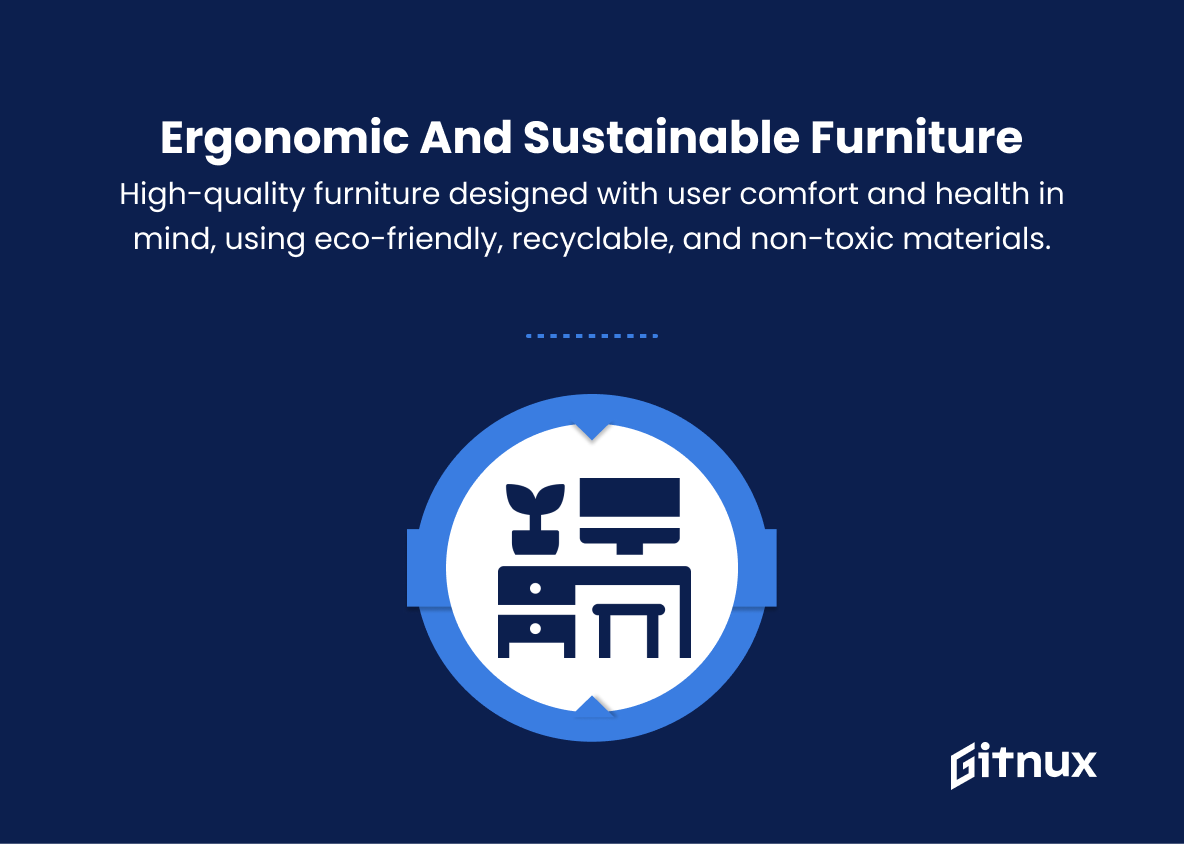In today’s competitive business landscape, an organization’s physical environment has emerged as more than just a space to house employees—it serves as a reflection of the company’s culture, values, and dynamics. With an increasing awareness of the profound impact office design can have on productivity, collaboration, and overall employee satisfaction, businesses are embracing innovative office design trends aimed at transforming the way we work.
In this insightful blog post, we delve into the latest office design trends, exploring how architects, interior designers, and businesses are reimagining the workspace to foster creativity, promote well-being, and support the organization’s objectives. Join us as we uncover the cutting-edge office design concepts that are shaping the workplaces of tomorrow.
Top Office Design Trends
1. Biophilic design
Incorporating natural elements such as plants, green walls, water features, and natural materials to promote well-being, increase productivity and reduce stress.
2. Flexible and adaptable spaces
Modular furniture, movable walls, and multipurpose areas that can be easily reconfigured to support collaboration, brainstorming, or individual work.
3. Open-plan layouts
Removing traditional rows of cubicles in favor of open workspaces, promoting interaction, collaboration, and transparency between team members.
4. Ergonomic and sustainable furniture
High-quality furniture designed with user comfort and health in mind, using eco-friendly, recyclable, and non-toxic materials.
5. Technology-integrated spaces
Incorporating advanced technology in meeting rooms, workstations, and common areas, such as wireless charging stations, interactive whiteboards, smart lighting, and modern audiovisual equipment.
6. Activity-based working
Designing spaces tailored for specific work activities, such as quiet focus rooms, group brainstorming areas, standing desks, and social hubs.
7. Resimercial design
Blending residential and commercial design elements to create a more comfortable and homelike work environment.
8. Natural lighting and human-centric lighting
Prioritizing the use of natural light through large windows, skylights, and glass partitions, as well as incorporating tunable lighting that can be adjusted according to people’s circadian rhythms.
9. Acoustic solutions
Employing sound-absorbing materials and design features to reduce noise disturbances in open-concept offices and create a more pleasant work environment.
10. Employee well-being and wellness areas
Designing spaces such as meditation and relaxation rooms, fitness centers, and healthy food stations to support employee health and well-being.
11. Creative, bold, and vibrant design elements
Using unique artwork, branded graphics, and vibrant colors to inspire creativity and motivation among employees.
12. Outdoor work and relaxation areas
Creating outdoor workspaces or terraces equipped with comfortable seating, Wi-Fi access, and shade, encouraging employees to take breaks and recharge in a natural setting.
13. Privacy pods and phone booths
Providing small, private spaces for phone calls, video conferences, or focused work, catering to employees’ needs for occasional privacy in open work environments.
14. Smart and energy-efficient buildings
Implementing IoT devices, sensors, and smart systems to optimize energy consumption, air quality, and other building operations, promoting a greener work environment.
15. Co-working and shared spaces
Incorporating co-working areas and hot-desking facilities, fostering collaboration and networking opportunities among employees and external partners.
Implications
Integrating office design trends such as biophilic design and flexible spaces will revolutionize the way we work, emphasizing well-being and adaptability. By focusing on natural elements and creating multi-purpose areas, employees will experience reduced stress and increased productivity. Open-plan layouts and technology-integrated spaces foster collaboration and transparency among team members. A commitment to ergonomic and sustainable furniture, coupled with activity-based working and resimercial design, will improve the overall health and productivity of the workforce.
Prioritizing natural lighting and acoustic solutions will enhance the working environment by reducing disturbances and aligning with circadian rhythms. Employee well-being will be further elevated by incorporating wellness areas, and the inclusion of bold design elements and outdoor workspaces will inspire creativity and motivation. Privacy pods will cater to the need for occasional seclusion, while smart and energy-efficient buildings promote a greener workplace. Lastly, integrating co-working and shared spaces further encourages collaboration and networking, resulting in a more innovative, dynamic, and sustainable work environment.
Conclusion
In conclusion, the evolving landscape of office design trends reflects the shifting priorities and needs of modern businesses. As organizations strive to create healthier, more flexible, and adaptable workspaces, design elements such as biophilic features, multifunctional spaces, and attention to employee wellbeing are becoming increasingly important.
By embracing these trends, companies can foster a supportive and inspiring environment that not only attracts top talent but also encourages productivity, collaboration, and overall satisfaction. Therefore, staying ahead in the game by integrating these design trends is vital for businesses to thrive in a fast-paced and ever-changing world.















